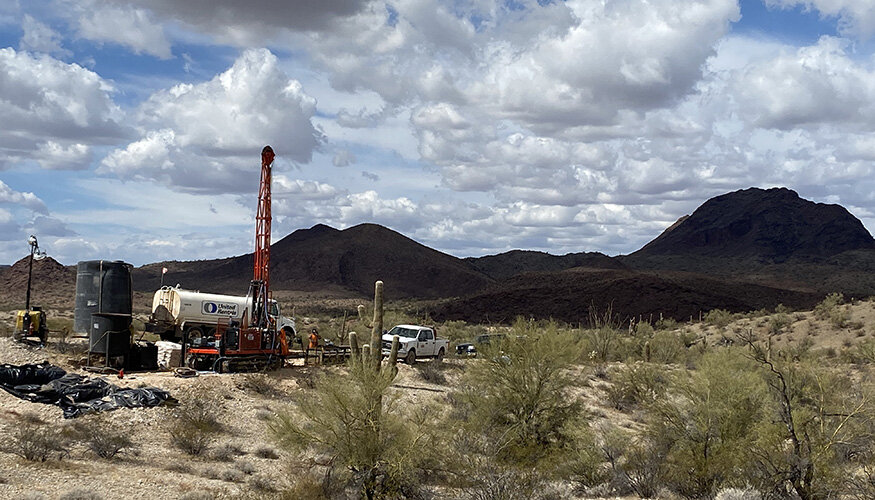#Science alone won’t save humpback dolphins

“#Science alone won’t save humpback dolphins”

There are fewer than 500 Indian Ocean humpback dolphins (Sousa plumbea) remaining in South African waters. Science alone will not bring them back from the brink of extinction—we also need a multi-stakeholder Conservation Management Plan to boost their numbers.
This is according to the SouSA Consortium, a novel and highly-collaborative formalized network of 17 scientists and conservationists from 11 different institutions, including partners from academia, non-governmental organizations (NGOs) and tourism across South Africa focusing on the conservation status of the little-known humpback dolphin which can be found along the south and east coast from False Bay to Kosi Bay.
The International Union for the Conservation of Nature and the Red List of Mammals of South Africa has listed the humpback dolphin as the first, and to date only, endangered marine mammal resident in South African waters. Hence, members of the Consortium conducted a SWOT (Strengths, Weaknesses, Opportunities and Threats) analysis to help them identify the actions that should be taken to improve the conservation of these dolphins. They did the analysis because the range, relative strength and interplay of the threats impacting the species in South African waters remain poorly understood, and setting clear priority actions is extremely challenging.
The findings of their study were published recently in the journal Frontiers in Marine Science.
“Although environmental factors almost certainly play a role in the declining numbers of the species in our waters, individual threats and solutions are challenging to identify as the South African marine environment is undergoing significant changes, often as a result of human activities, such as coastal construction and pollution. There are also major changes in the distribution and availability of prey species,” says lead author and Associate Professor Stephanie Plön from the Department of Pathology at Stellenbosch University (SU) and the Bayworld Centre for Research and Education in Port Elizabeth.
“We concluded that no single cause for their rapid decline could be identified and that the cumulative effects of multiple stressors, which are difficult to pinpoint and mitigate, are impacting population numbers.”
Shanan Atkins from the School of Animal, Plant and Environmental Sciences at the University of the Witwatersrand, adds, “The main strength identified through our analysis is the diversity of specialist skills within the Consortium, while the main weakness is dealing with multiple impacts and engaging with policymakers and funders.”
“The fact that the Indian Ocean humpback dolphin’s ‘endangered’ status is formally recognized nationally and internationally, presents a key opportunity to facilitate action with regards to governance,” says Dr. Els Vermeulen from the Mammal Research Institute at the Faculty of Natural and Agricultural Sciences at the University of Pretoria.
The Consortium is hopeful that recent developments present important instruments that may help facilitate a shift for the conservation of the species, for example the newly declared Important Marine Mammal Areas.
However, the main threat to the conservation of the Indian Ocean humpback dolphin is the multiple and cumulative impacts of human activity in the coastal zone.
One example is “Operation Phakisa,” which is likely to increase the noise level in the oceans generated by human activity. Operation Phakisa is an initiative established to stimulate economic growth in the marine environment and develop the Oceans Economy.
“An example of this is the unregulated growth of industries under economic imperatives without fully understanding the possible negative impacts that increased activity in the marine environment will have on ocean life. Growth in sectors like oil and gas exploration, marine transport, harbor development and fishing/aquaculture will increase noise levels in the ocean, introduce additional pollutants and could result in unintentional habitat partitioning,” says co-author Dr. Gwenith Penry from the Institute for Coastal and Marine Research at Nelson Mandela University.
“The Consortium is working towards high-level interdisciplinary engagement to ensure that any potentially harmful effects are appropriately mitigated,” she adds.
The Consortium hopes that their study can form the basis of a Conservation Management Plan that will ensure healthy gene flow in the population, prevent population segregation and improve habitat quality in critical coastal areas.
Plön emphasizes that saving the Indian Ocean humpback dolphin will require a shift in our thinking from regarding these animals as “sentinels” that provide advance warnings to “indicators” of the health of the marine environment.
She says the Consortium will continue to engage with government to declare Indian Ocean humpback dolphins a priority species for conservation.
“For comparison, there are about 1,792 Black Rhino and 700–1,050 cheetah left at present,” Drs. Tess Gridley and Simon Elwen from SeaSearch Research and Conservation and SU point out.
“We plan to engage more with stakeholders (public, government, legislators, parastatal organizations, educators etc.) through increased outreach and education and have a stakeholder meeting with invited conservation experts as well as experts from the sectors that are a threat to the species, e.g. tourism, coastal development, etc. to increase our involvement in governance and policy,” says Plön.
“The complex factors impacting this species in South African waters are very challenging and in order to find realistic and effective solutions going forward, we need all hands on deck.”
West African dolphin now listed as one of Africa’s rarest mammals
Stephanie Plön et al, Science Alone Won’t Do It! South Africa’s Endangered Humpback Dolphins Sousa plumbea Face Complex Conservation Challenges, Frontiers in Marine Science (2021). DOI: 10.3389/fmars.2021.642226
Citation:
Science alone won’t save humpback dolphins (2021, August 11)
retrieved 12 August 2021
from https://phys.org/news/2021-08-science-wont-humpback-dolphins.html
This document is subject to copyright. Apart from any fair dealing for the purpose of private study or research, no
part may be reproduced without the written permission. The content is provided for information purposes only.
If you liked the article, do not forget to share it with your friends. Follow us on Google News too, click on the star and choose us from your favorites.
For forums sites go to Forum.BuradaBiliyorum.Com
If you want to read more Like this articles, you can visit our Science category.




